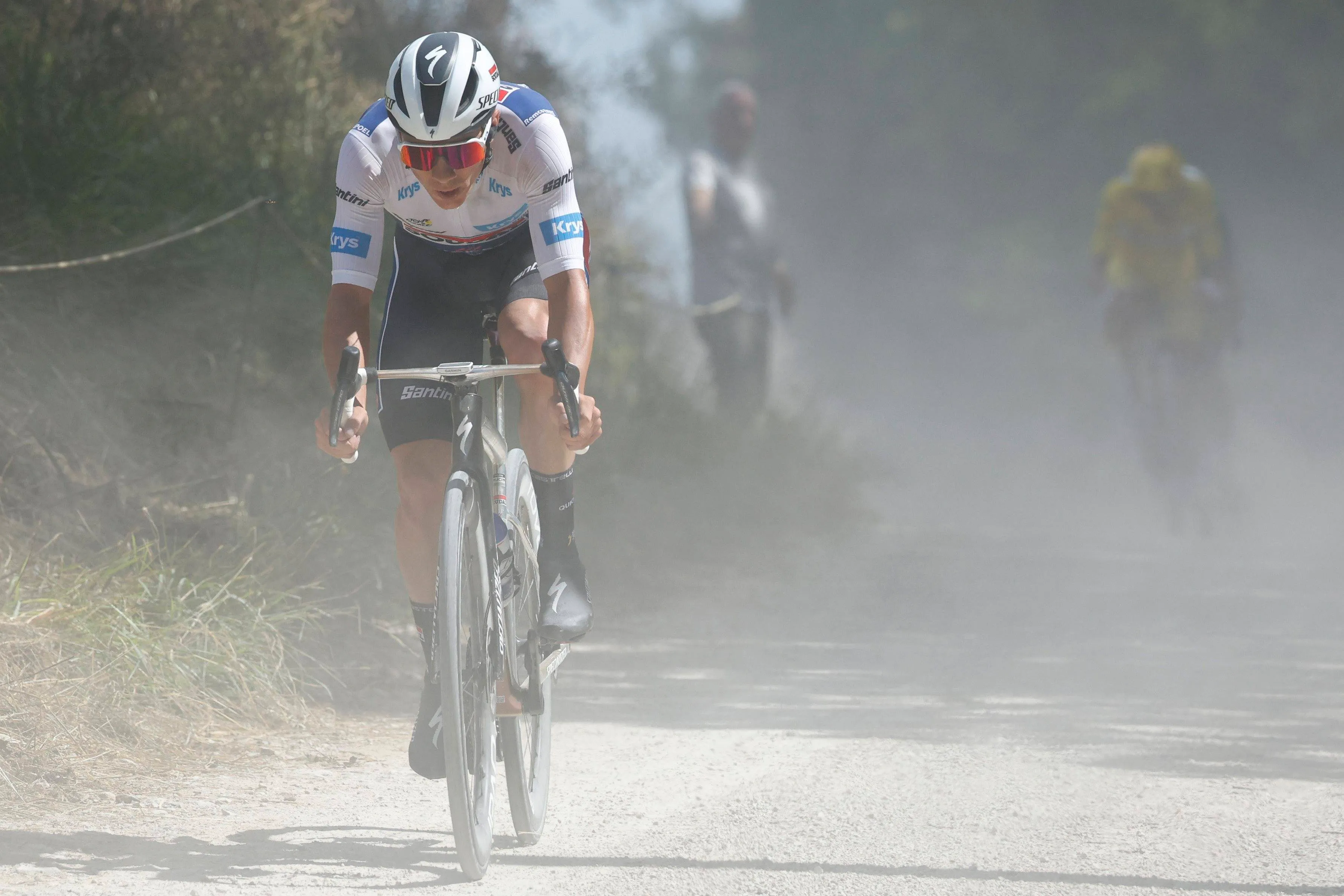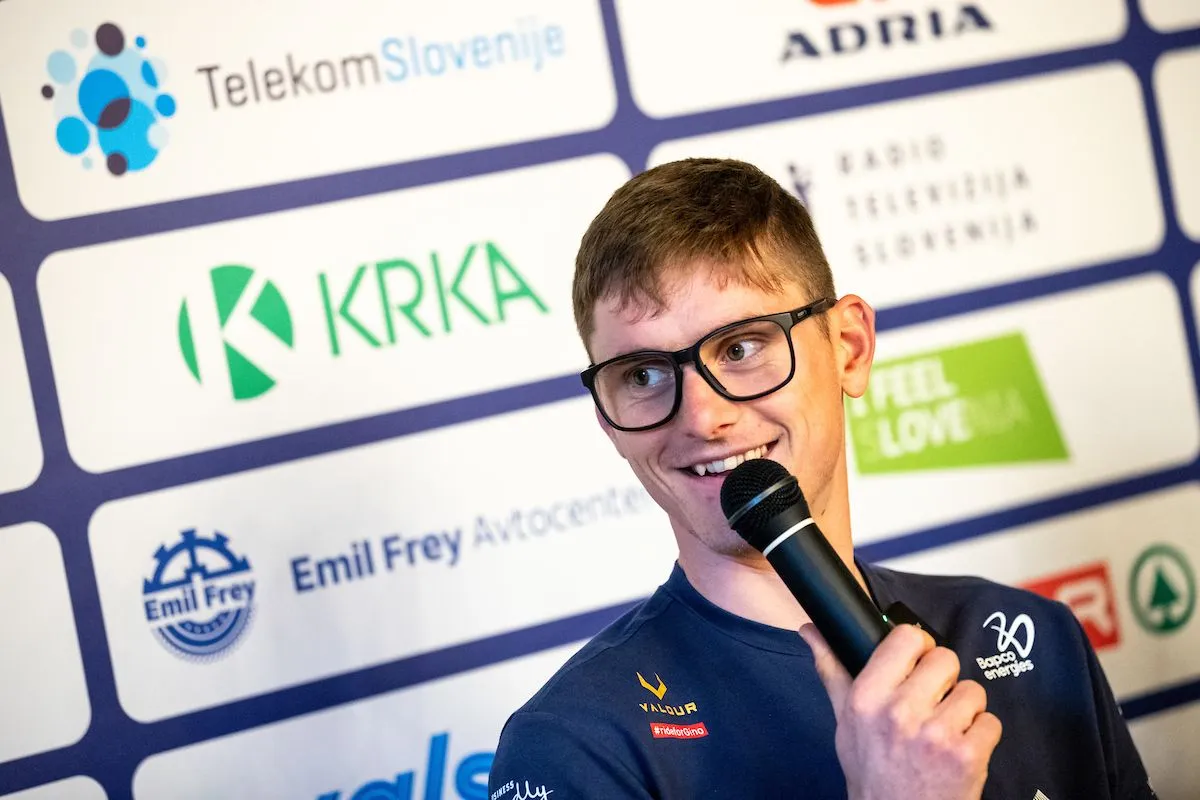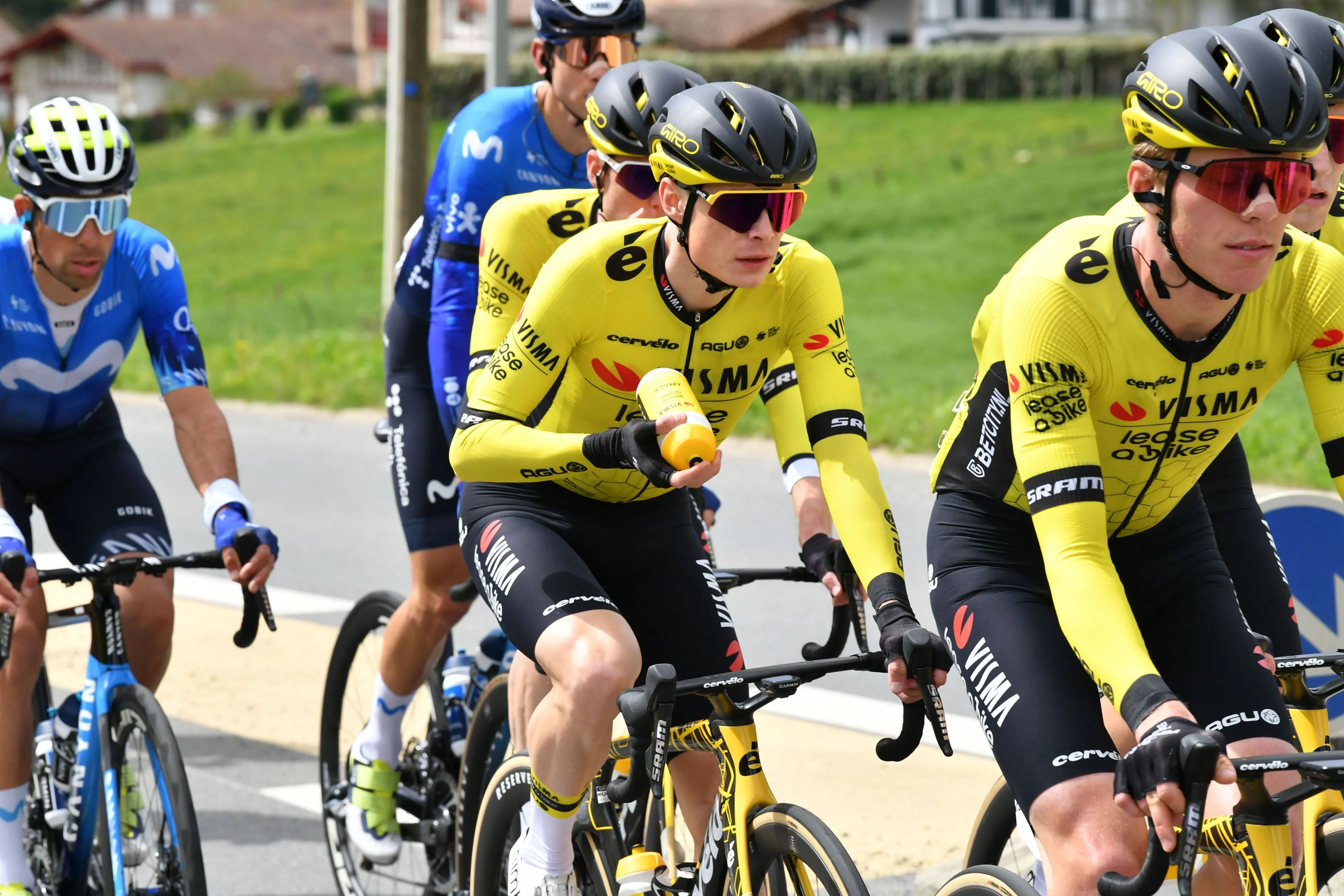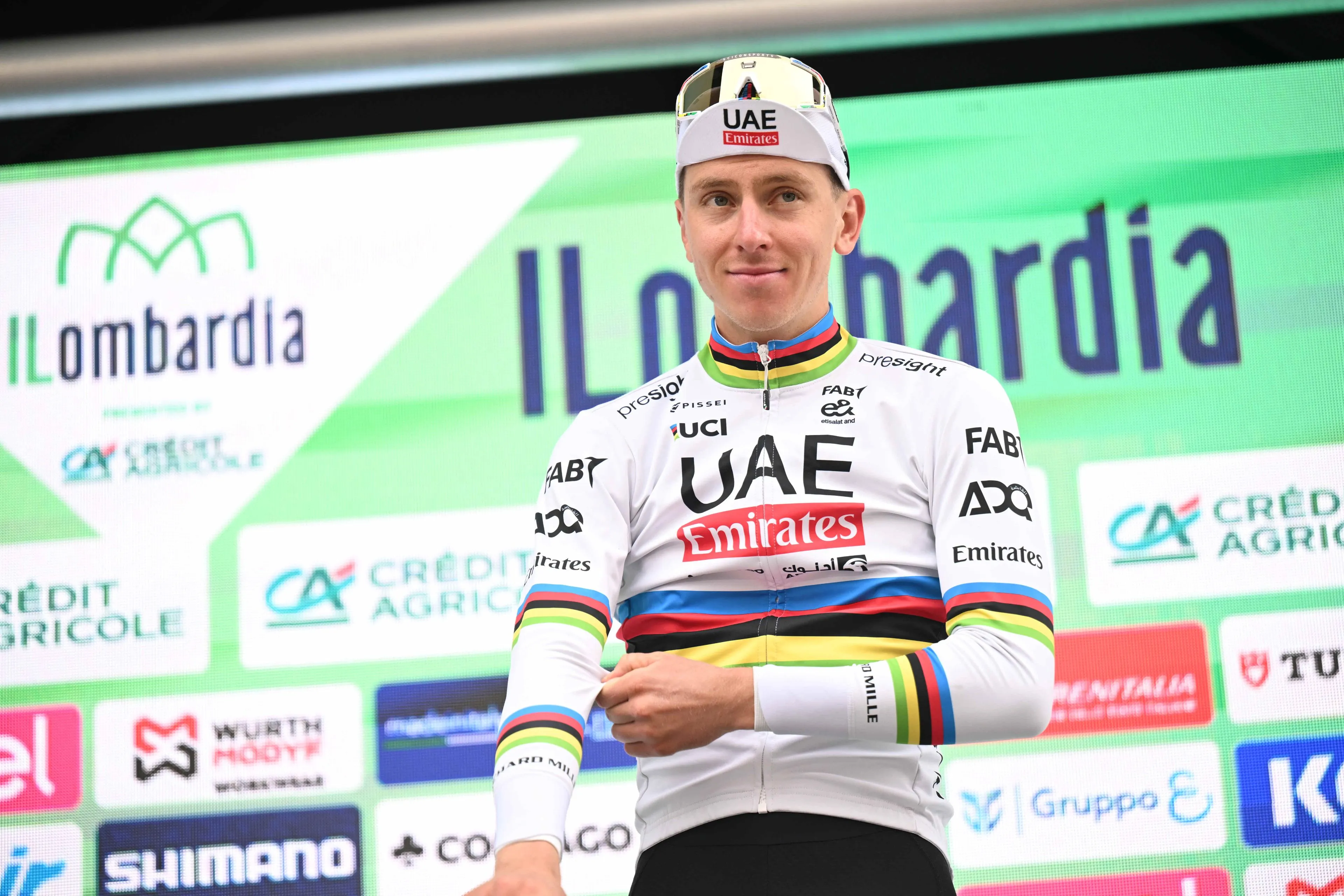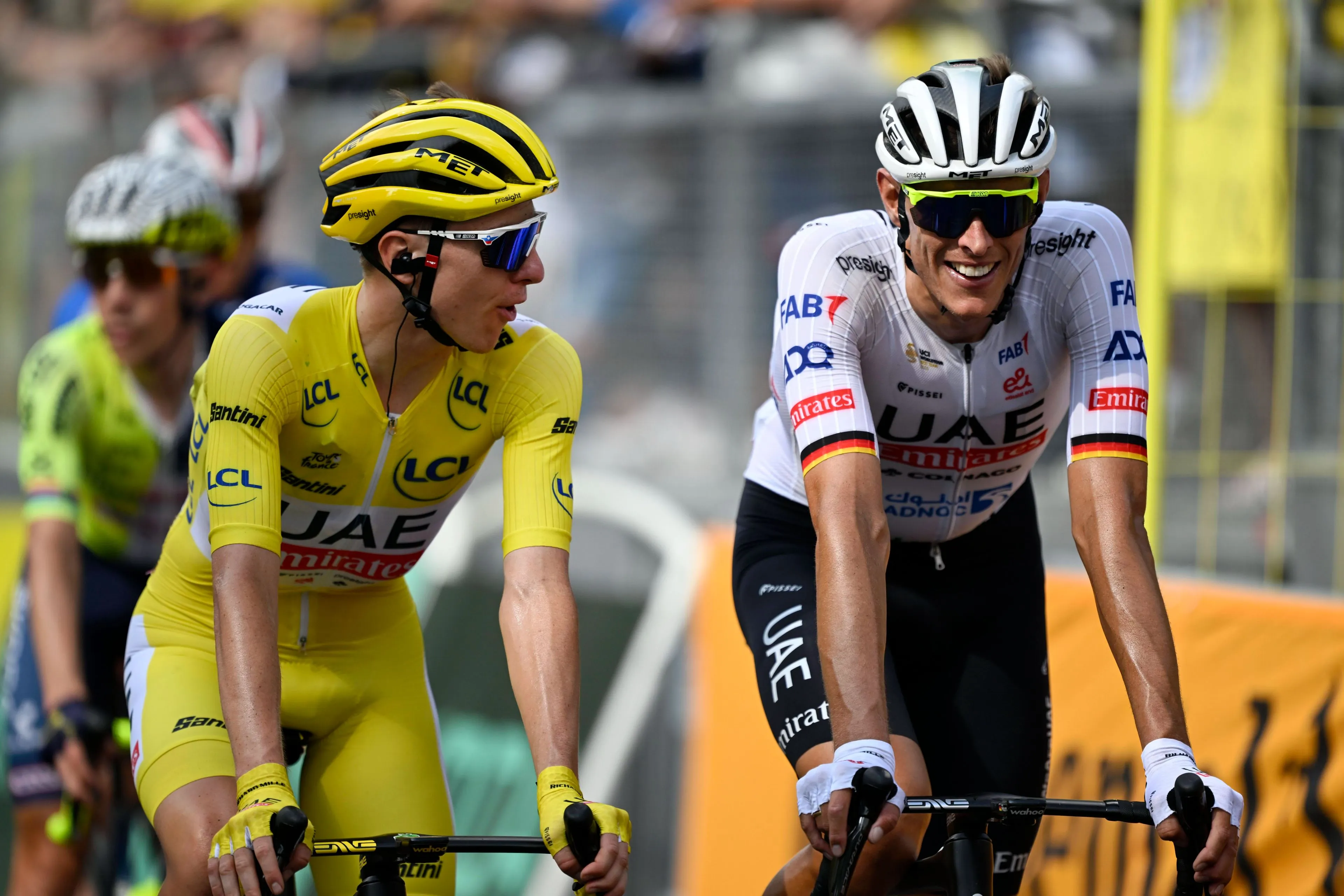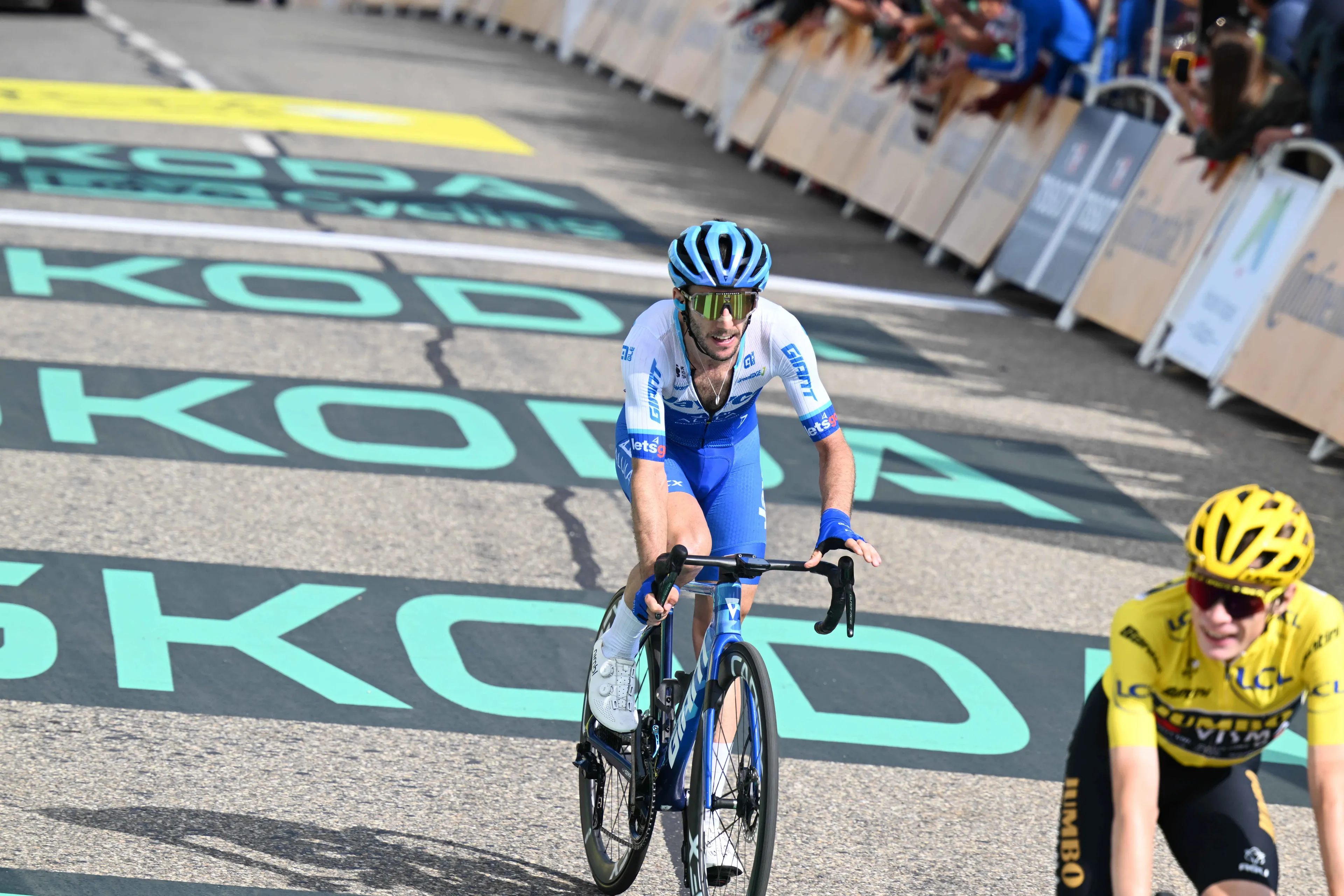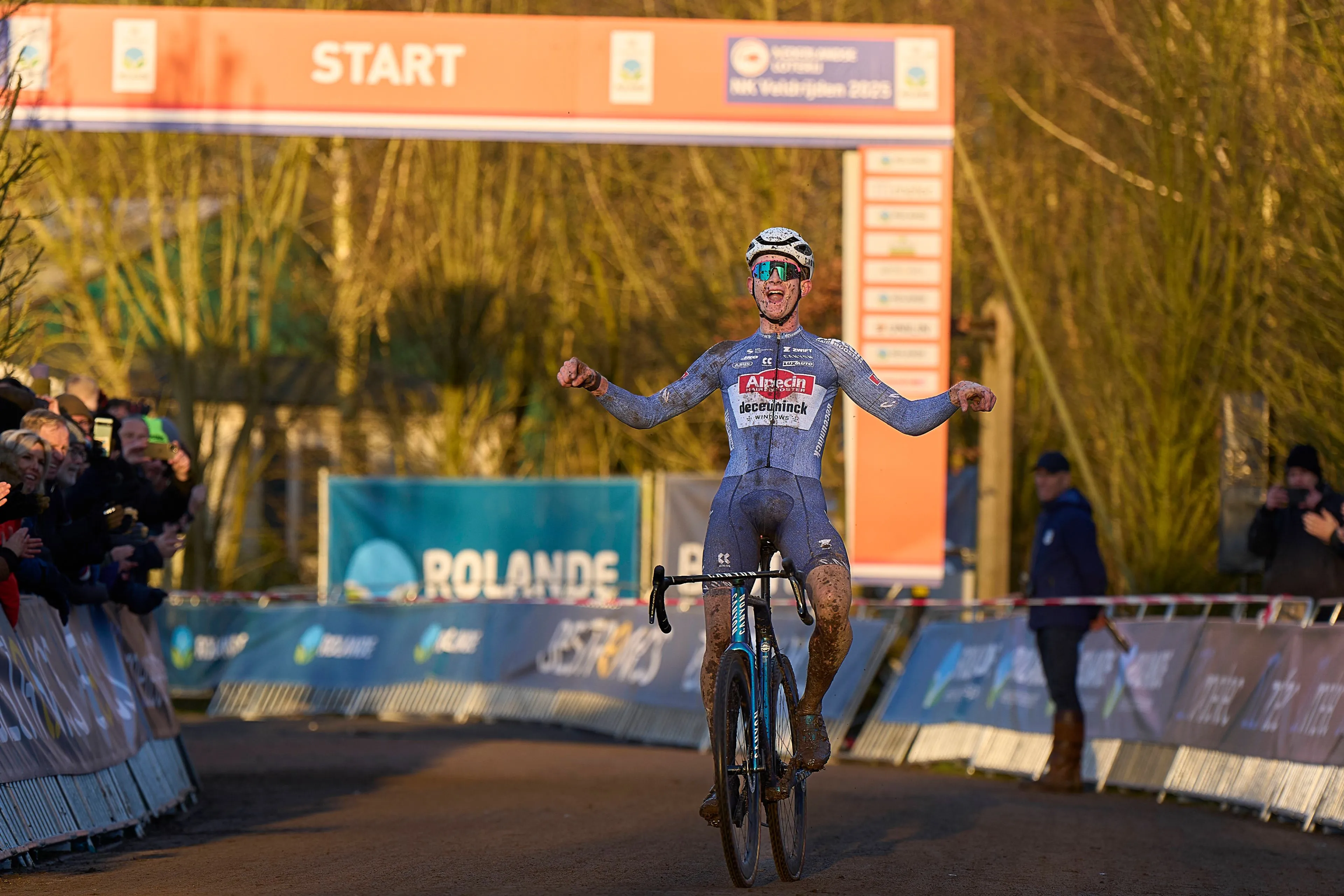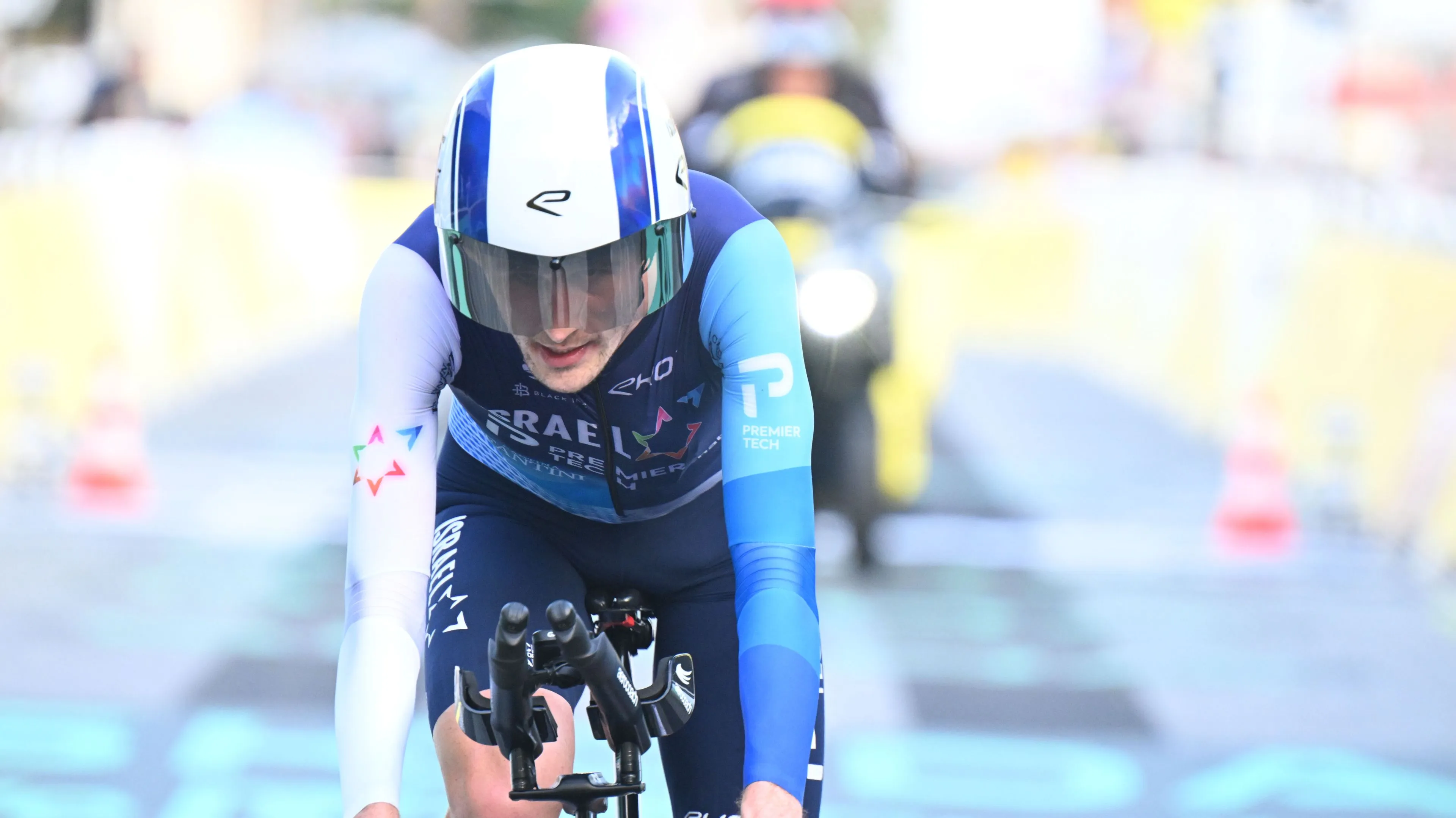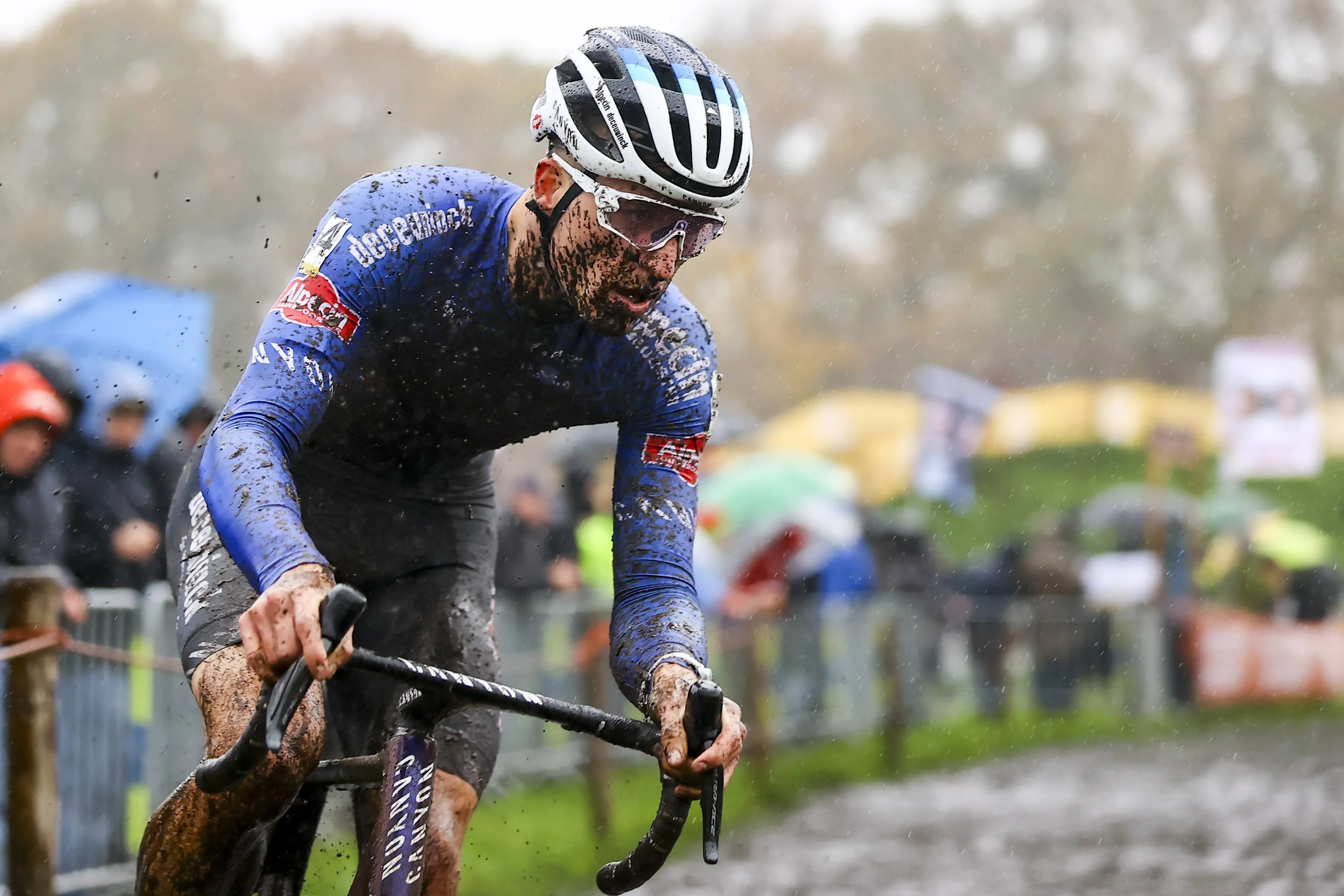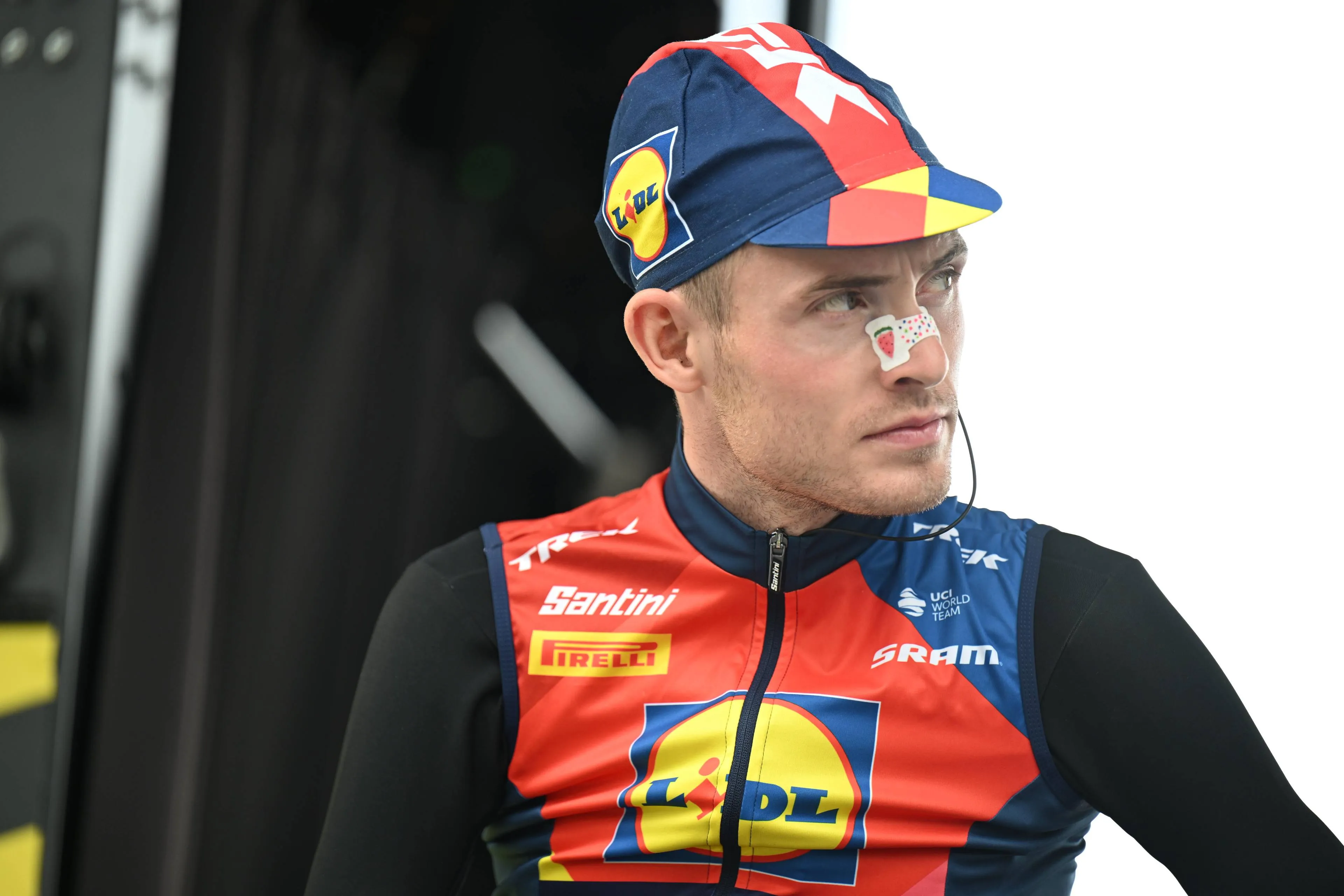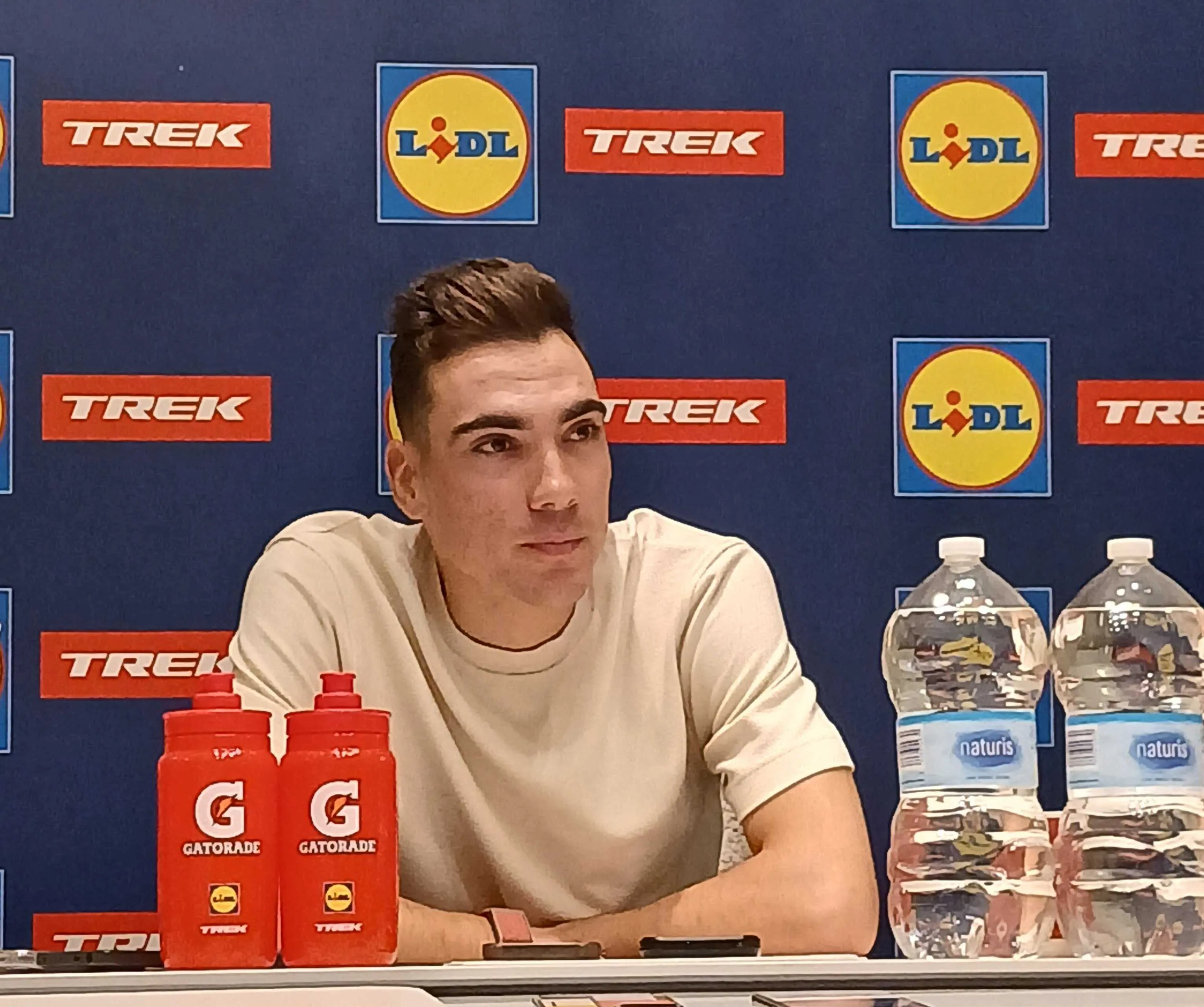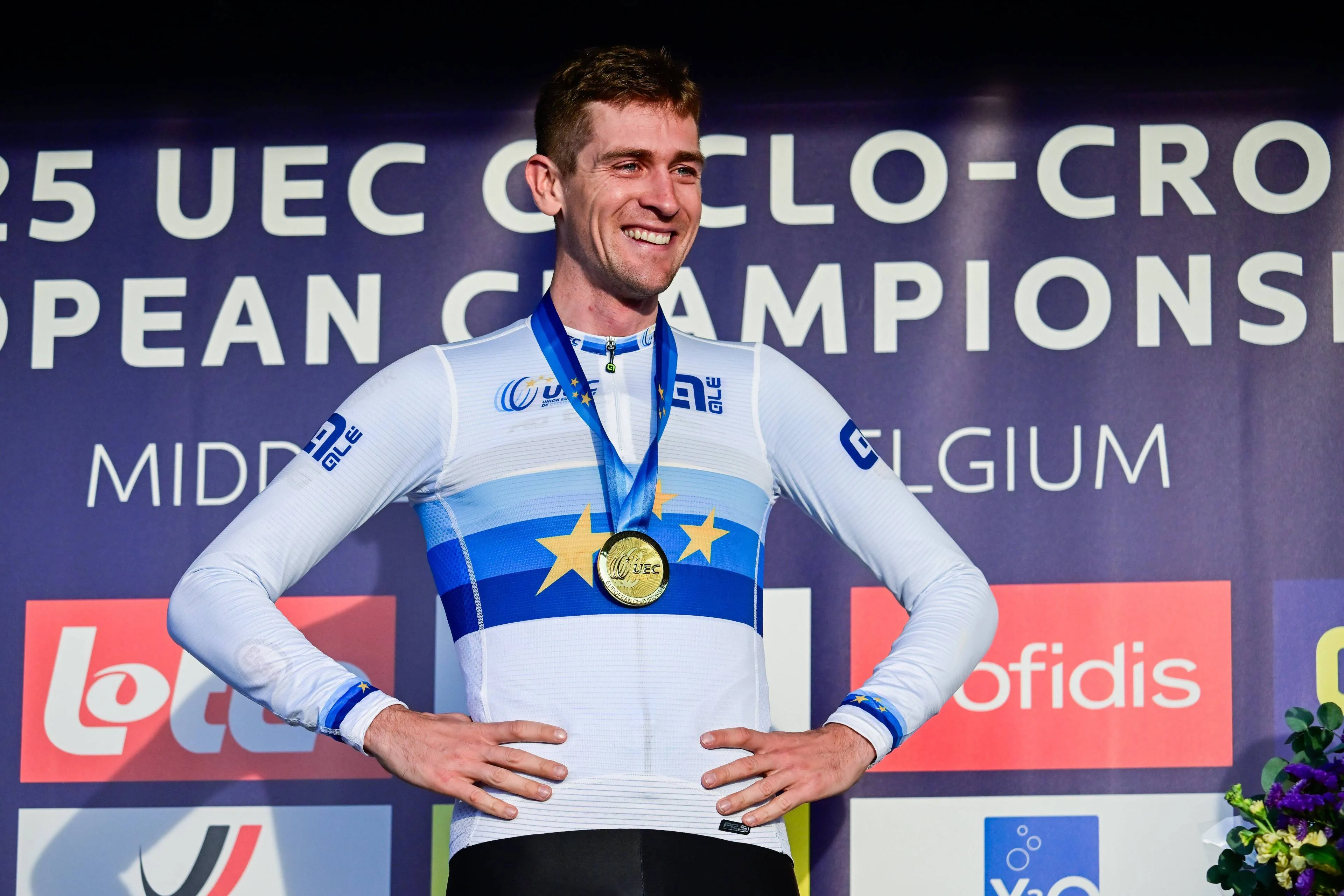ANALYSIS: The one statistic that explains why Primoz Roglic’s Giro-Tour double could be a success
CyclingWednesday, 25 December 2024 at 20:00
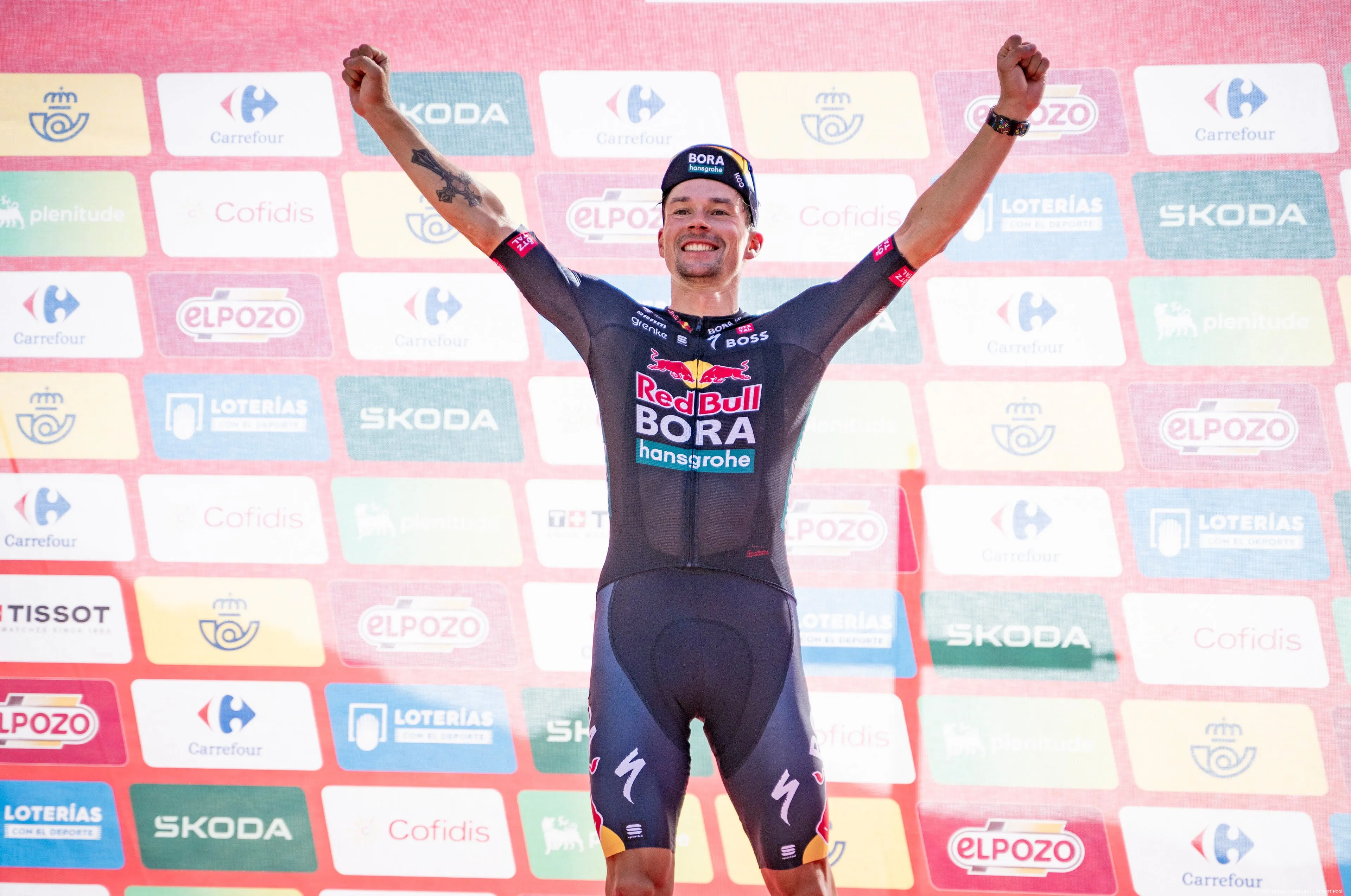
Tadej Pogacar, Jonas Vingegaard, Remco Evenepoel, and Primoz
Roglic, the biggest names in the peloton in terms of Grand Tour contenders may
all race more than one grand tour in 2025. This is great news for cycling news,
however, one question has now been answered: Primoz Roglic has officially
confirmed his plan to race the Giro in 2025, followed immediately by the Tour
de France.
“It was a fairly easy choice. He normally finishes in the
Vuelta, so it’s better that I start with the first Grand Tour of the year now,
also now that we are going through Slovenia in the Giro. The Tour was also an
easy choice,” team manager Ralph Denk told In de Leiderstrui.
Read also
The decision comes after a mixed 2024 season for Roglic,
during which he crashed out of the Tour de France when it looked like he was
growing into the race after a difficult start. Despite this setback, Roglic
rebounded to claim victory at the Vuelta a Espana, fighting back to take the
red jersey from Ben O’Connor to win the race for the fourth time. Now, his
return to the Giro and commitment to the Tour sets up a potentially defining
year for the 35-year-old, and there is one interesting variable that suggests
2025 could be Roglic’s year.
Is Roglic accepting that he won't win the Tour
Roglic’s decision to target both the Giro and the Tour has
sparked debate over whether this move indicates that he is conceding the yellow
jersey battle to Pogacar and Vingegaard. We have previously analysed whether
Roglic’s decision might be due to the fact he is (rightfully) content with his
superb palmares, even if the one thing that us missing is the yellow jersey.
Read also
Roglic’s challenges in previous Tours de France are of
course well documented, particularly his heartbreaking 2020 loss to Pogacar on
the final time trial and his repeated crashes in subsequent editions. With
Pogacar’s and Vingegaard’s usurping him in recent years, Roglic’s chances of
winning the Tour outright have diminished. There was a time in 2023 where
Roglic was most likely the third best GC rider on the planet, whilst
simultaneously being both the second best from his country, and the second best
on his team. Without them, this could have been the Roglic era.
Roglic’s approach to 2025 may reflect a strategic shift,
focusing on securing victories where he feels his chances are strongest. The
Giro d’Italia comes with fond memories from 2023, and the 2025 route passes through his home country
of Slovenia, which offers an opportunity for Roglic to be the main man at a
race where Pogacar and Vingegaard may not be present.
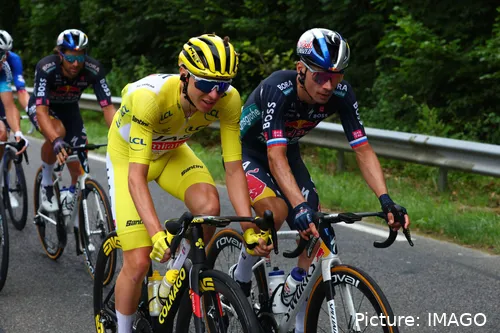
Tadej Pogacar became the first man to complete the Giro-Tour double since 1998
However, committing to the Tour immediately after the Giro
raises questions about his ability to contend with fresher rivals. Is it that
Roglic views the Tour as an opportunity to support his team while aiming for
stage wins or a secondary podium spot, rather than challenging directly for
yellow? We doubt that, as Roglic has shown time and time again that beneath his
friendly persona, he is the ultimate competitor.
Read also
While Roglic’s decision doesn’t necessarily mean he’s given
up on the yellow jersey, it does indicate a more measured approach, and his
chances of winning a second pink jersey are certainly more likely than him
winning a first yellow jersey.
But there is one stat, that suggests that Roglic’s Giro-Tour
double could provide him with exactly what he needs to shine in France.
Can Roglic recover quickly enough after the Giro?
The Giro d’Italia runs from 10th May to 1st June 2025,
leaving just 34 days before the start of the Tour de France on 5th July 2025.
The feasibility of Roglic recovering and peaking again in time for the Tour is
a hot topic, particularly given his age and the physical demands of Grand
Tours.
History provides some context. In 2024, Tadej Pogacar became
the first rider since Marco Pantani in 1998 to win both the Giro and the Tour
in the same year. Pogacar’s dominant performances, winning six stages at each
race, silenced doubters who questioned whether attempting the double was a
viable strategy. However, Pogacar is considered a generational talent, perhaps
even superhuman in his recovery and ability to peak repeatedly within short
timeframes. At 35, Roglic may not recover as quickly as his younger compatriot.
Read also
The traditional wisdom in cycling has been that targeting
both the Giro and the Tour in the same year is too physically taxing. Riders
often struggle to recover fully in the weeks between the two, with fatigue
affecting both physical performance and mental sharpness. The optimal approach
for most riders has been to focus on one Grand Tour to ensure peak performance
rather than risk mediocrity in both.
However, Pogacar’s success in 2024 may signal a shift in
this thinking. With advances in recovery techniques, nutrition, and training
methodologies, some riders could find it possible to peak twice in quick
succession. Roglic’s team, Red Bull - BORA - hansgrohe, will likely leverage
every available resource to maximise his recovery and readiness for the Tour.
Read also
Interestingly, Roglic’s own history suggests he might be
capable of achieving this feat. In 2020, after his heartbreaking loss to
Pogacar on the final time trial of the Tour de France, Roglic recovered within
a month to win the Vuelta a Espana. Starting just 30 days after his Tour
defeat, Roglic was back to his peak level at the Vuelta, winning the overall
title ahead of Richard Carapaz, as well as the green jersey. This required more
than just a physical recovery, it required Roglic to recover mentally from one
of the most devastating last-minute sports losses ever seen.
Ultimately, whether Roglic can recover quickly enough for
the Tour will depend on a combination of factors: his physical condition, the
resources of his team, the demands of the Giro itself, and perhaps most
importantly, if Roglic can stay on his bike. If he can replicate the mental and
physical toughness he showed in 2020, Roglic could still be a factor at the
Tour, even if not as a top favourite for the yellow jersey.
Read also
Is this the new way of racing?
Pogacar’s 2024 Giro-Tour double has reignited debate over
whether this ambitious approach could become a new standard for elite riders.
Traditionally, riders have avoided attempting both Grand Tours due to the
recovery time required and the need to tailor training schedules to peak for
one event. The Giro, with its challenging terrain and unpredictable weather,
often leaves participants exhausted, making it difficult to compete at the
highest level just weeks later in the Tour.
Yet Pogacar’s success challenges these assumptions. His
ability to dominate both races suggests that advances in sports science,
recovery techniques, and team support might enable more riders to attempt the
double in the future, and is that not great news for cycling fans? The more
riders attempting the Giro-Tour double the better, especially if they can find
a way to peak for both.
Read also
For Roglic, the decision to attempt both races at 35 is unquestionably
a bold move. While he has shown a superb recovery ability in the past, his age
could make the Giro-Tour double even more demanding. Moreover, the level of
competition at the Tour, with fresher rivals like Pogacar and Vingegaard, will
be a significant challenge.
Still, Roglic’s choice reflects his desire to push
boundaries and test his limits, and whether it’s a sign of things to come or a
gamble remains to be seen.
claps 5visitors 5
Just in
Popular news
Latest comments
- He’s done cross before. I bet if he dedicated himself to that he’d start cleaning up.mobk14-12-2025
- 1. No, the team owners want to have reliable money without having to actually perform. 2. It's "creative destruction". It's how things improve. Resources and labor are put to more productive uses. 3. That'd be more likely to happen if you listened to these "cycling is unsustainable" whiners. 4. There are thousands of pro races per year. Some teams are happy with a podium. Everything here is a Non Sequitur. -An Economistacem8214-12-2025
- I appreciate the restraint for sure.mij14-12-2025
- I was thinking the same thing. some of the questions were just terrible.mij14-12-2025
- He could always try some off road racing, where skills play a part, not just his engine. A great road rider, but not a complete all round rider......wipperman9513-12-2025
- As a cyclist, I'm amazed by his capabilities, as a fan I believe he will be considered as the best ever by the time he retires.awp13-12-2025
- While he is a good rider, he is not in the Pogi, Vingegaard, Lipo and others category yet. Can he be? Time will tell but for now he is in a 2nd Tier. And let's not forget guys like Del Torro who very well could be almost if not as good as Pogi in a year or twomd197513-12-2025
- That question about the last wk of the 'tour, like seriously, did the journo not know he had a knee problem.. 🤷
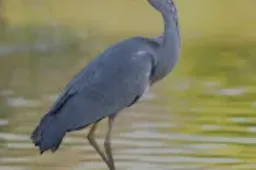 leedorney13-12-2025
leedorney13-12-2025 - They're hoping to develop GC talent. This is the best way they can do that with their roster.Veganpotter13-12-2025
- You have never seen a greater sportsman and you will never see one in your lifetime. Admire this man who was sent to earth by God himself to represent him on a bike. Tadej Pogacar will go down in history as the Greatest Of All Time-The GOAT!!!NikkoNicco13-12-2025
Loading
Write a comment
